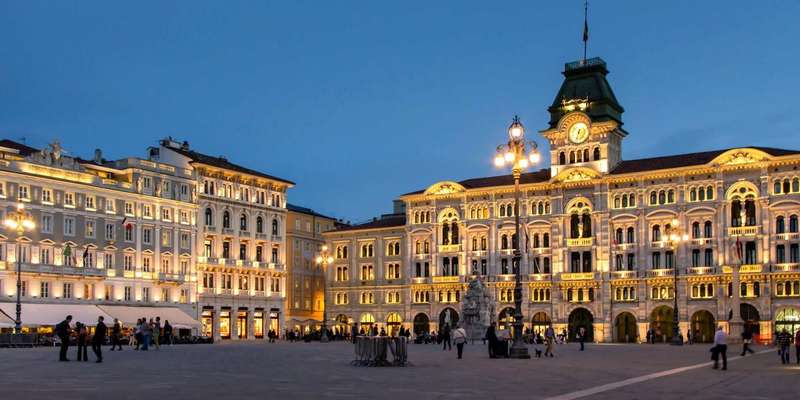- Home
- Useful Tips
- Day trip to Gradisca d'Isonzo...
Many travelers visiting Trieste miss Gradisca d'Isonzo's medieval charm and world-class Collio wines simply because they don't know how to plan the perfect short visit. Over 70% of day-trippers spend unnecessary hours in transit or crowded spots when this hidden gem sits just 40 minutes away. The frustration of wasted vacation time hits hardest when you discover locals sipping rare Refosco in castle courtyards while you're stuck following generic itineraries. This quiet riverside town holds Friuli Venezia Giulia's best-kept secrets – from 15th-century frescoes to family-run osmize wine cellars – but only those with the right approach experience its authentic magic.


Avoiding the mid-day crowds at Gradisca's main attractions
The compact historic center reveals its true character when explored at the right pace. Most tour groups arrive between 11am and 2pm, turning the Venetian fortress and Loggia dei Mercanti into congested photo stops. Savvy visitors time their arrival for 9am when morning light bathes Piazza Unità's pastel facades and you can have the Renaissance well all to yourself. Alternatively, late afternoons offer golden-hour photography opportunities as day-trippers return to Trieste. Locals know the sweet spot is 3pm – after lunch closures but before the passeggiata hour – when you can properly admire Palazzo Torriani's stonework or chat with artisans in their workshops along Via Ciotti. Those lingering past 6pm discover Gradisca's magical transition as wine bars open their historic cellars.
Navigating transportation without wasting half your day
While trains connect Trieste to Gradisca in 38 minutes, the station sits 1.5km from the historic center – a detail many miss when planning. Rather than losing precious time walking or waiting for sporadic buses, the smartest option combines an early regional train with a leisurely 20-minute riverside stroll along the Alpe Adria cycle path. This approach lets you appreciate the Isonzo River's turquoise waters while most visitors are still in transit. For those preferring door-to-door convenience, shared taxi services from Trieste's Piazza Oberdan cost only marginally more than buses when split between two or more passengers. Either way, bringing a foldable bike unlocks hidden gems like the Devetak watermill and Cormons vineyards beyond the town center.
Tasting authentic Collio wines like a local insider
Gradisca's true soul lives in its family-run osmize – seasonal wine taverns that operate only a few weeks annually. Rather than settling for crowded enotecas, connoisseurs follow handwritten signs reading 'Vino' along rural roads. At places like Osmiza Zanut, fourth-generation vintners serve glasses of Pignolo beside platters of house-cured prosciutto at picnic tables under chestnut trees. The key is visiting weekdays when these rustic spots remain peaceful (most open Thursday-Sunday). If timing doesn't align, Gradisca's permanent wine bars like Enoteca di Gradisca offer guided tastings of rare orange wines from the terraced hills you'll see across the river. Always ask for 'vini sfusi' – affordable carafes of current favorites not yet bottled.
Discovering Gradisca's untold stories beyond the guidebooks
Few visitors realize this sleepy town was once Europe's most fortified Venetian outpost against the Ottomans. The best preserved secrets require looking upward – watch for bullet marks from WWI on palazzo walls and faded Habsburg-era shop signs near the old ghetto. Local historian Marco Barone leads immersive walks revealing how Gradisca's Jewish community influenced Friulian cuisine (book ahead for his 'Ghetto to Grappa' tour). For a free alternative, the tourist office's augmented reality app brings to life seven hidden points of interest, including a virtual reconstruction of the demolished synagogue. Time your visit with the monthly antique market to handle centuries-old artifacts while chatting with collectors who share stories no museum displays.



